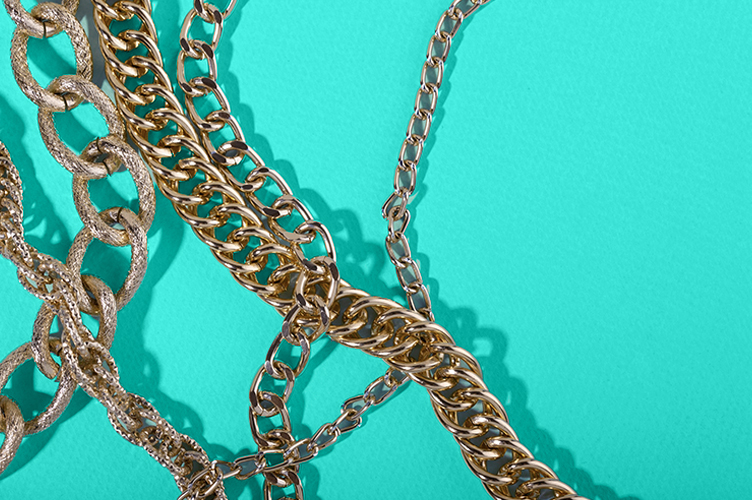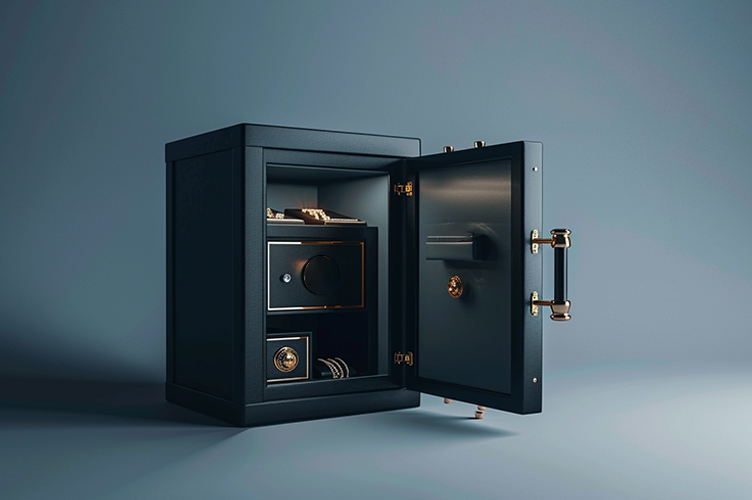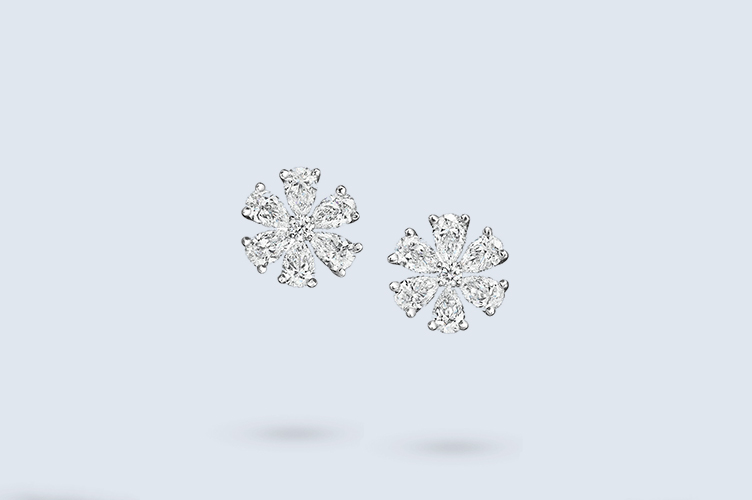For thousands of years, humans have adorned themselves with ornate jewelry, which has often indicated wealth and/or social status. But beyond its material value, jewelry allows creative expression through thoughtful design. Understanding the history of jewelry design and the fundamental principles behind these creations can give us a deeper appreciation of the artistry of the designer.
The History of Jewelry Design
Some of the earliest examples of jewelry have been uncovered in Egypt, where intricate gold amulets and beaded collars were buried among the tombs of pharaohs in ancient times. The ancient Greeks and Romans took jewelry design even further, pioneering advanced techniques like filigree and granulation to shape precious metals into flowing curves and add texture. During the Middle Ages, European jewelry was dominated by religious symbols and decorative motifs rendered in shimmering precious gems and metals. The Renaissance brought about a revival of intricate goldwork and a renewed interest in showcasing vibrant colored gemstones. Jewelry fashions have evolved through the centuries as new movements like Art Nouveau and Art Deco have emerged, leaving their stylistic mark. But while styles may change, jewelry continues to captivate us as adornments of personal significance, expressions of style, and status indicators.
The Seven Principles of Jewelry Design
Balance
Balance refers to the visual weight distribution of a jewelry piece. Symmetry creates a feeling of harmony and equilibrium by mirroring elements on both sides. Yet asymmetry can also achieve balance through clever use of form and visual mass compensations. An off-center focal gemstone, for instance, can be counterbalanced by the design of the surrounding metalwork. Balance provides stability and allows the eye to move fluidly over the piece.
Contrast
Contrast adds visual interest to jewelry by combining elements with distinct differences. Juxtaposing textures like smooth, rough, matte, and shiny creates a more dynamic effect. Contrasting colors and tones also draw attention, like pairing vibrant gems with cool metals. Mixing materials, like leather cords with metal beads, produces textural contrast. Strategically placed contrast directs the eye where the designer intends and adds drama. Well-executed contrast adds depth, focuses the composition, and keeps viewers engaged.
Unity
Unity gives jewelry cohesion by linking all elements seamlessly. Repetition of colors, textures, and shapes can help to unify a design. Consistent surface treatments also promote unity. Components should relate proportionally to create a unified scale. Motifs and patterns can tie disparate elements together when repeated strategically. Overall, form and visual flow should feel connected. When diverse components are unified, the design feels considered and purposeful. Jewelry with strong unity has a holistic look where nothing seems out of place or randomly added.
Rhythm
Rhythm refers to visual movement created through strategic repetition or progression of elements. Repeating colors, shapes, or textures, like alternating gemstones, establishes a rhythmic pattern. Gradually increasing or decreasing the scale or color of repeated motifs also makes a fluid sequence. Alternating plain and textured bands creates rhythmic interest. Clever changes in rhythm can express energy or serenity. Subtle rhythms lend quiet sophistication, while dynamic variations give visual vibrancy. This principle energizes jewelry with a sense of contained movement, leading the eye across the piece.
Emphasis
Emphasis directs attention to key focal points in a jewelry piece to create interest. Strategic use of contrasting colors or textures can highlight distinctive gems or design elements. Size is crucial for emphasis; a substantially larger central stone will naturally draw the eye. Bolder, asymmetrical compositions might create visual weight around intended focal points. The strategic use of ornate metalwork as framing also lends emphasis. Dramatic slopes, peaks, and lines can lead the eye toward emphasized elements, giving the jewelry an inherent visual hierarchy.
Proportion
Proportion refers to the relative sizes and scale of jewelry elements. Components should complement each other in size to create cohesion. Overly large or small stones can look imbalanced if care isn’t taken in the design process. A central gemstone, for instance, can look more proportional with supportive smaller accent stones. The width of a ring’s metal band should also be proportional to the gemstones or other design elements that the ring includes. Consistent proportions also aid wearability. If a necklace is too heavy on one side, it will not hang correctly. When elements are proportional, the composition achieves natural visual harmony. Proper proportion ties back to overall balance and unity.
Harmony
Harmony in jewelry combines design elements to create a visually pleasing whole. Colors, shapes, and textures should work together through thoughtful placement. Warm, complementary hues applied harmoniously exude elegance. Graduated gemstones harmonize through carefully considered progression. Harmony can also arise from consistency in style or theme. Jewelry with cultural or historical harmony has cohesive motifs.
- Early History of Jewelry: Ancient Times to the 17th Century
- A History of Jewelry
- A Complete Guide to the History of Jewelry
- The History of Jewelry Design
- The Fascinating History of Jewelry
- A Brief History and Timeline of Jewelry-Making
- The Basics of Jewelry Design
- Seven Sparkling Principles of Jewelry Designing
- American Jewelry Design in the 19th Century
- Principles of Jewelry Design
- Online Jewelry Appraisals
- Exploring the History of Jewelry Design
- History of Jewelry as a Token of Affection
- The History of Jewelry Design
- Iconic Jewelry Through History






